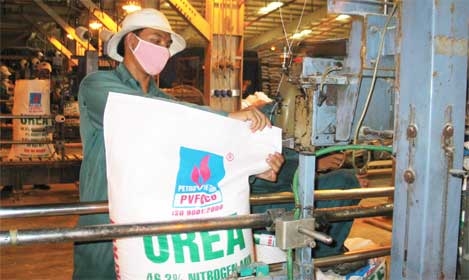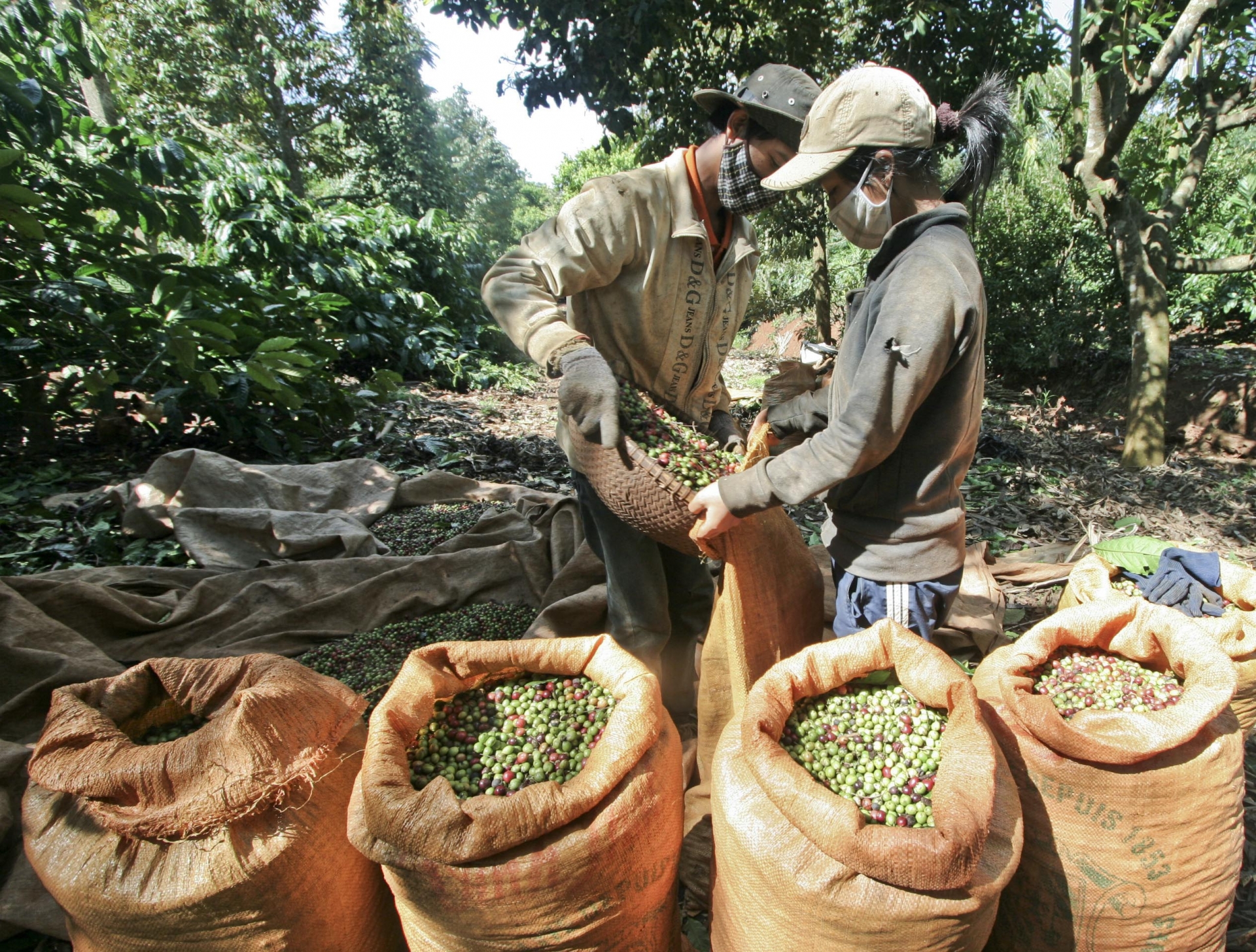Fertiliser sector faces some pressing questions as fears of a glut mount
 |
| The fertliser sector is a vital ingredient for agricultural firms |
Warnings of an imminent urea glut are falling on deaf ears.
Sector analysts at a Ministry of Industry and Trade (MoIT)’s recent conference recommended authorities stop licencing new urea projects to avoid an imminent oversupply in the time to come. The conference was held with the aim of collecting recommendations for the fertiliser industry’s development during 2010-2020.
The local urea market is forecast to be well supplied with the operating plants Dam Phu My and Ha Bac churning out around 900,000 tonnes in total per year and new ones such as Ca Mau project providing 740,000 tonnes, followed by the Ninh Binh and Thanh Hoa plants with 560,000 tonnes each and Ha Bac Expansion with 500,000 tonnes. Excluding Thanh Hoa which is still in approval progress, the other three ones when expectedly completed in next two years will nearly triple the domestic supply from current 900,000 tonnes up to 2.7 million tonnes per year, well ahead of market’s forecast demand at close to two million tonnes.
If all the projects were completed on time, the estimated surplus would be 700,000 tonnes per year. A 2010-2020 fertiliser development plan drafted by the MoIT’s Department of Chemistry proposed that any urea surplus would be exported.
Pham Dang Nam, a member of DPM Fertiliser and Chemicals Co.’s (Dam Phu My) board of directors, said: “There is plenty of potential for urea exports as many countries within region lack [urea].” He cited Laos as typical example with no urea fertiliser plants built so far.
The company, currently known as the biggest urea supplier with annual capacity of 740,000 tonnes, or 80 per cent the domestic supply, has recently piloted exporting 30,000 tonnes of urea in December last year. It has recently signed cooperation agreements with Cambodian partners with the aim of expanding into this potential
market.
Chu Van Tuan, vice general director of the under-construction Ninh Binh urea fertiliser plant, said: “An imminent supply surplus is not our concern as the government had its own calculations when licensing projects.”
Phung Quang Ha, director of the Department of Chemistry, said the opening of new urea fertilise plants would do little damage to the industry in short and medium terms. “One or two years cannot produce a glut, but five or 10 years might,” Ha said.
What the stars mean:
★ Poor ★ ★ Promising ★★★ Good ★★★★ Very good ★★★★★ Exceptional
Related Contents
Latest News
More News
- Mitsubishi Estate launches Logicross Hai Phong - a milestone in logistics evolution (November 20, 2024 | 14:32)
- Semiconductor workforce partnerships deliver industry-relevant training (November 20, 2024 | 10:58)
- German Quickpack to invest $31.7 million in Long An province (November 20, 2024 | 09:31)
- Foreign-invested enterprises drive logistics investment in the southeast region (November 20, 2024 | 09:27)
- Chile visit underscores trade benefits (November 19, 2024 | 10:00)
- Trump’s second term impacts sci-tech activities and industry 4.0 technologies (November 18, 2024 | 10:00)
- Vietnam eyes nuclear revival to bolster energy security (November 14, 2024 | 16:46)
- Kyokuyo completes $13.5 million seafood factory in Vietnam (November 14, 2024 | 12:19)
- VinFast receives $3.5 billion funding from Vingroup and Pham Nhat Vuong (November 14, 2024 | 06:38)
- Localities sprint to reach FDI targets (November 13, 2024 | 10:00)


 Tag:
Tag:













 Mobile Version
Mobile Version